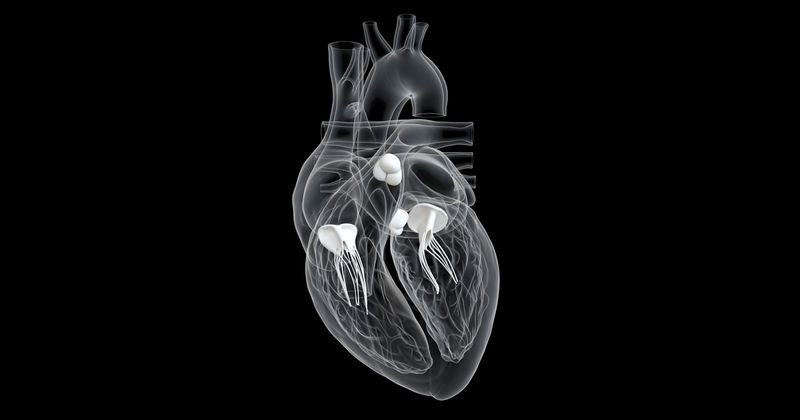Edoxaban does not impact outcomes after TAVR vs. DAPT
WASHINGTON — In the ADAPT-TAVR trial of patients who had transcatheter aortic valve replacement and no indication for long-term anticoagulation, edoxaban did not improve leaflet thrombosis compared with dual antiplatelet therapy.
There was also no difference between the edoxaban (Savaysa, Daiichi Sankyo) and DAPT groups in cerebral thromboembolism and neurological or neurocognitive function, according to the results, which were presented at the American College of Cardiology Scientific Session and simultaneously published in Circulation.

The researchers randomly assigned 235 patients who underwent TAVR for aortic stenosis and had no indication for long-term oral anticoagulation after the procedure to edoxaban, a factor Xa inhibitor, or DAPT consisting of aspirin and clopidogrel. Among the cohort, 229 were eligible to be included in the intention-to-treat population (mean age, 80 years; 42% men) and 212 were eligible to be included in the per-protocol population.
The primary outcome was leaflet thrombosis on 4D volume-rendered CT at 6 months. The secondary outcomes were presence and number/volume of brain lesions on cerebral MRI, serial change in neurological/neurocognitive assessment, clinical safety and efficacy outcomes and serial echocardiographic parameters.

Leaflet thrombosis in the intention-to-treat population was numerically but not significantly lower in the edoxaban group (9.8% vs. 18.4%; absolute difference, –8.5 percentage points; 95% CI, –17.8 to 0.8; RR = 0.53; 95% CI, 0.26-1.09; P = .076), as was the percentage of patients with reduced leaflet motion of grade 3 or worse (2.9% vs. 7.3%; absolute difference, –4.4 percentage points; 95% CI, –10.3 to 1.5; RR = 0.4; 95% CI, 0.11-1.4; P = .15), Duk-Woo Park, MD, PhD, interventional cardiologist at Asan Medical Center, University of Ulsan College of Medicine, Seoul, South Korea, said during a press conference.
Presence of new cerebral lesions (P = .4), median number of total new lesions (P = .85) and median volume of total new lesions (P = .88) did not differ between the groups, Park said.
There was also no difference between the groups in neurological or neurocognitive outcomes including worsening of NIH Stroke Scale score (P = .74), worsening of modified Rankin Scale score (P = .69) and worsening of Montreal Cognitive Assessment (P = .2), he said.
At 6 months, efficacy outcomes that included death, stroke, MI and systemic thrombolytic events were infrequent and similar in both groups, whereas the safety outcomes of bleeding events (HR = 0.93; 95% CI, 0.44-1.96) and rehospitalization (HR = 1.29; 95% CI, 0.67-2.49) also did not differ, according to the researchers.
“The overall incidence of leaflet thrombosis on CT scan was less frequent with edoxaban therapy compared with DAPT therapy, although it did not reach statistical significance,” Park said during the press conference. “The incidence of new cerebral thromboembolism on brain MRI and new development of neurological or neurocognitive dysfunction was not different between the two groups. There was no wholesale association between leaflet thrombosis and temporal-related changes of new cerebral thromboembolic lesions on brain MRI and neurological endpoints.”

In a discussion during the press conference, Megan Coylewright, MD, MPH, FACC, FSCAI, vice chief of cardiology faculty development and director of the health system’s Structural Heart Program at Erlanger Health System in Tennessee, said “oftentimes when studies are negative we are disappointed, [but] in this case, we are pleased that the study is negative, because it suggests that we do not have to expose our patients who undergo transcatheter aortic valve replacement to anticoagulation for benefit.”
In the United States, many patients are receiving aspirin alone instead of DAPT after TAVR “because the bleeding risk is so bad,” she said.

